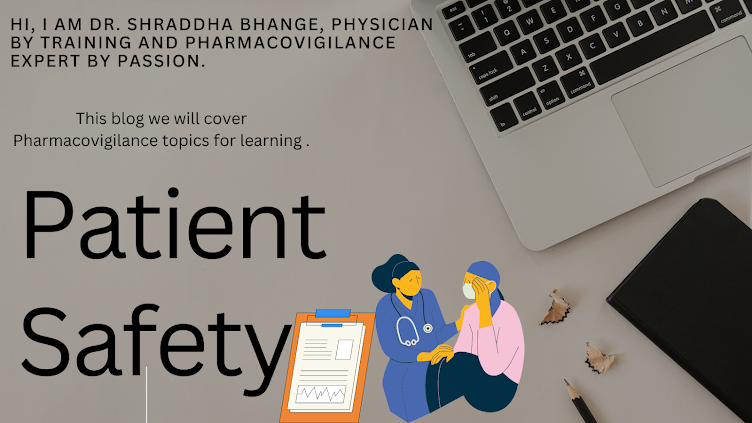 The processes involved in the pharmacovigilance (PV) will be improved by Artificial Intelligence (AI), in near
future and AI will be a key player in making PV processes faster,
better and effective.
The processes involved in the pharmacovigilance (PV) will be improved by Artificial Intelligence (AI), in near
future and AI will be a key player in making PV processes faster,
better and effective.
AI governed PV processes easily meets compliance, and are much
easier and effective for pharma companies and they drastically reduce the cost
of running PV process.
As an example, to showcase how AI is critical player
in PV and how it practically affects all PV process, I am presenting one
example below. To make things simple to understand, I have taken example of
Literature review to showcase how AI helps in PV process.
AI is making literature review and its validation
process very easy and automated with reduced human efforts.
Literature
Review Process in PV:
What
is Literature review?
All Pharma companies need to search, analyse and
review world-wide published literature for all there medicinal
products . Followed by making decisions regarding creation of case reports from such articles that needs to
be databased as Individuals case safety reports (ICSRs). This ICSR/Case reports
are literature articles that are describing safety related issues occurring in
a patients taking particular type of drug products, in laymen’s term “side
effect reports or articles”.
.
The medical literature is a significant source of
information for the monitoring of the safety profile and maintaining the
risk-benefit balance of medicinal products, particularly in relation to the
detection of new safety signals or emerging safety issues. Marketing
authorisation holders are therefore expected to maintain awareness of possible
publications through a systematic literature review of widely used reference
databases (e.g. Medline or Embase) no less frequently than twice a month
preferably once a week. It is mandatory activity by health authorities
worldwide for pharma companies.
Challenges
in manual/current literature review process:
The literature reading and identifying the valid ICSRs
is very boring and tedious work and most of the time error and non-compliance
by employee is major challenge faced by pharma companies. This adds to time
spent by employee, financial expenses, and efforts to run the process in
complaint manner.
Quality
of task and time spent: To identify these 5-10 relevant
articles/valid ICSRs we have to read these 1000 ICSRs which is very time
consuming, costly and a process that has loopholes for noncompliance. To give
an idea per day an experienced PV professional read 100-150 articles and
identifies valid ICSR’s. Out of this Valid ICSRs there are few ICSRs that has
timeline of 15 days from its receipt’s. This adds to the effort and compliance.
How
AI can help in literature review process :
What
is AI?
In simple terms, AI technology works on logical
process and commands given to it while developing it to provide results or do
task as required.
The definition of AI from the internet is “ is the simulation of human
intelligence processes by machines, especially computer systems. These
processes include learning (the acquisition of information and rules for using
the information), reasoning (using rules to reach approximate or definite
conclusions) and self-correction”.
How
AI will work in literature review?
When we train AI tool about Literature selection criteria
for a particular medicinal product to do literature search, it runs its program
with this preset combination and provides us the valid safety information
articles out of 1000 non-relevant articles within one click.
AI tool also has a capability to learn, when we run 1000’s
of literature article with the help of AI tool it starts learning and becomes more accurate and effective with time.
The regulatory compliance and time lines are meet even
with the small team of employees working in PV once AI is implemented. AI can
deliver the best quality output and to reduce the time and human efforts. It
reduces the cost positively affects the price of medicines, the goal is to make
medicine affordable and easily available to all patients.
Challenges
of AI:
AI has its own
set of challenges, one of it is a AI development
which requires best IT technical skill as well as core expertise in Pharmacovigilance to implement the set of
instruction in AI tool.
I personally know about an exciting start-up company, which has developed AI tool, which is
much powerful and can replace the traditional process in Pharmacovigilance, I
am more than happy to share more details regarding same, contact me for more
details about the same on my email id darshit_dra@yahoo.in.
Darshit Patel
Edited by
Dr.Shraddha Bhange


Nice Blog.
ReplyDeleteThanks for writing this blog. It is very much informative and at the same time useful for me
ReplyDeletepharmacovigilance services